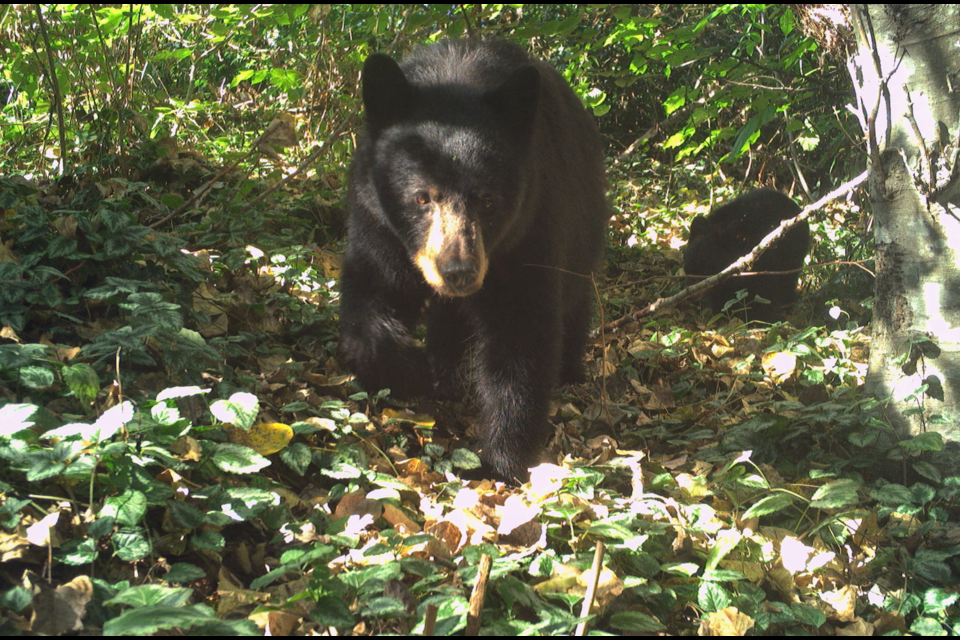An SFU researcher will soon understand more about wildlife behaviours in and around Squamish and hopes to soon share what she learns with the community and municipality.
Kate Andy, a graduate student at Simon Fraser University, has been monitoring mammal behaviour in Squamish for about one year with 36 different trail cameras, which are small and nearly undetectable devices that capture photographs of wildlife triggered by movement and body heat. Andy is also conducting the same research in Maple Ridge.
“Generally, we're looking to see how wildlife are using different types of habitat,” said Andy. “The purpose of our study is to do a comparison between what types of animals are using that riparian and stream habitat versus the surrounding space.”
Andy and her supervisor and professor at SFU, Chelsea Little, showed The Squamish Chief one of the cameras in Valleycliffe near a riparian area.
Andy explained the Squamish and Maple Ridge were chosen to study because they are “secondary cities,” meaning habitats such as streams haven’t been buried like in places in Vancouver. They were also chosen because the cities are growing in population, so they are good places to see how development may impact wildlife activity.
Right now, Andy said she and a team are nearly finished processing 475,000 images. In the meantime, preliminary findings show about 20 species using the Squamish riparian and stream habitat and about 18 species using surrounding areas, with some species overlapping in both categories.
Example images shared with The Chief showed river otters, a black bear and a cub, and a coyote as just some of the species using the riparian and stream habitat throughout the past year.
Andy called the initial findings “really great.”
“Although they might be small and narrow, they do hold a really high number of species in an area,” she said of the riparian and stream habitat.
This fall, Andy will do a thorough comparison between the findings in Squamish and Maple Ridge and share the findings with the District of Squamish, Sḵwx̱wú7mesh Úxwumixw (Squamish Nation), the Squamish Environment Society and others.
The hope is that sharing this information will help Squamish and other developing cities have a better understanding of how development impacts wildlife habitats.
“There is value in conserving lots of different types of habitats so that we can have the most biodiverse area,” she explained.
She also hopes to host community outreach events to get the information out to interested residents.




